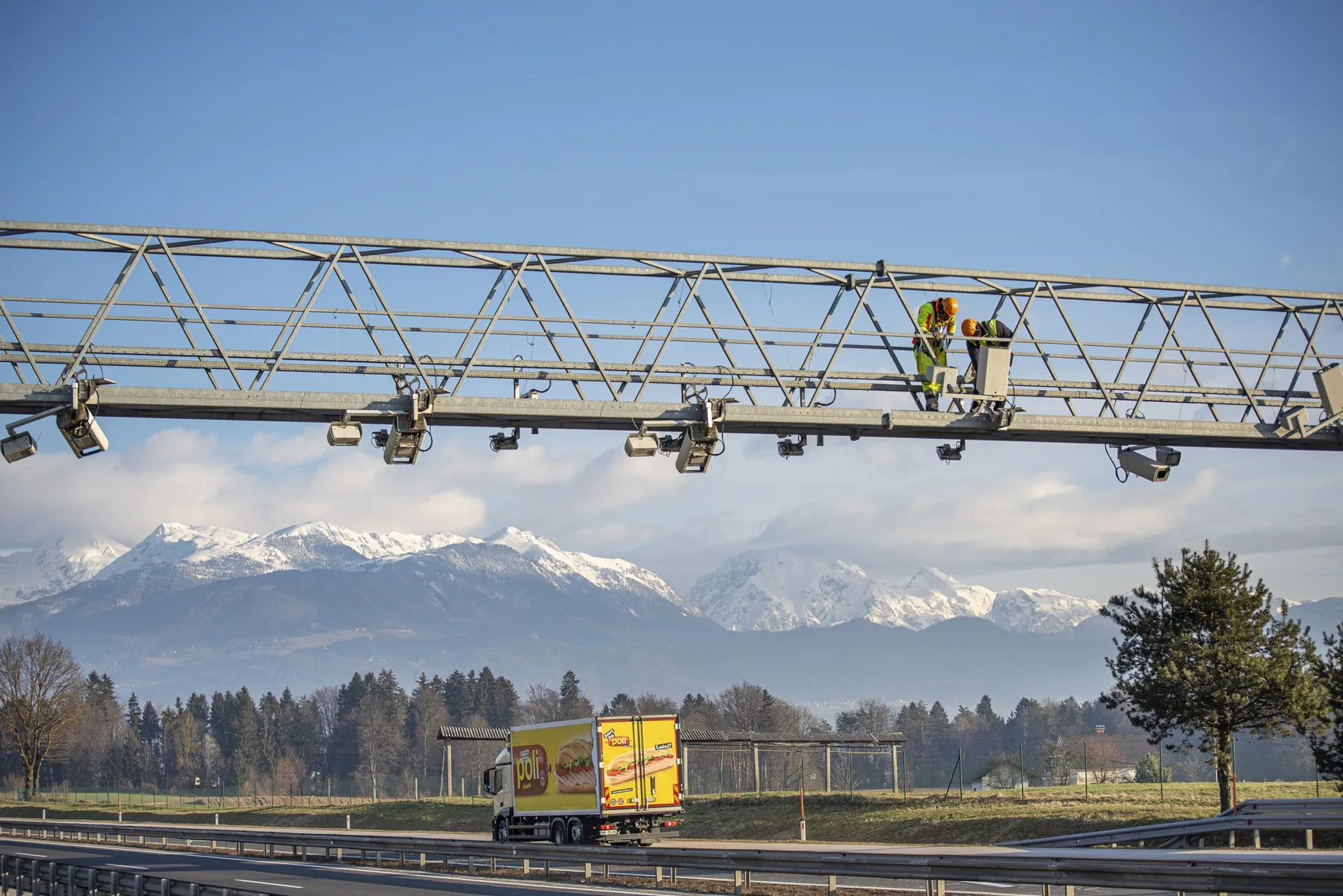With the launch of real-time traffic information in Ireland, Hungary, Poland and Slovenia since February, the company’s traffic services now cover more than one million kilometres of motorways, city streets and secondary roads, throughout Europe which Inrix claims is more than twice the amount of real-time road coverage of its nearest competitor.
In a separate announcement, Inrix says it has introduced a breakthrough in the delivery of traffic information called TPEG Connect. Based on the new encoding and transmission standard for traffic and travel information developed by the Transport Protocol Experts Group (TPEG), Inrix TPEG Connect provides automakers and navigation application providers with the ability to optimise payloads and bandwidth for delivering richer real-time and predictive traffic flow, incident, and location-based services like weather conditions on the road to devices using TPEG over IP. By providing delta support that can reduce data payloads by up to 50 per cent on each message request, says its new breakthrough helps OEMs and consumers save on connectivity costs by reducing data consumption in ways that ensures only the most location-relevant real-time information is delivered to the device.
Inrix
has also announced an agreement with road safety products and services
company
As Inrix in Europe expands,
the company has hired Rolf Kanne, the former head of sales for










